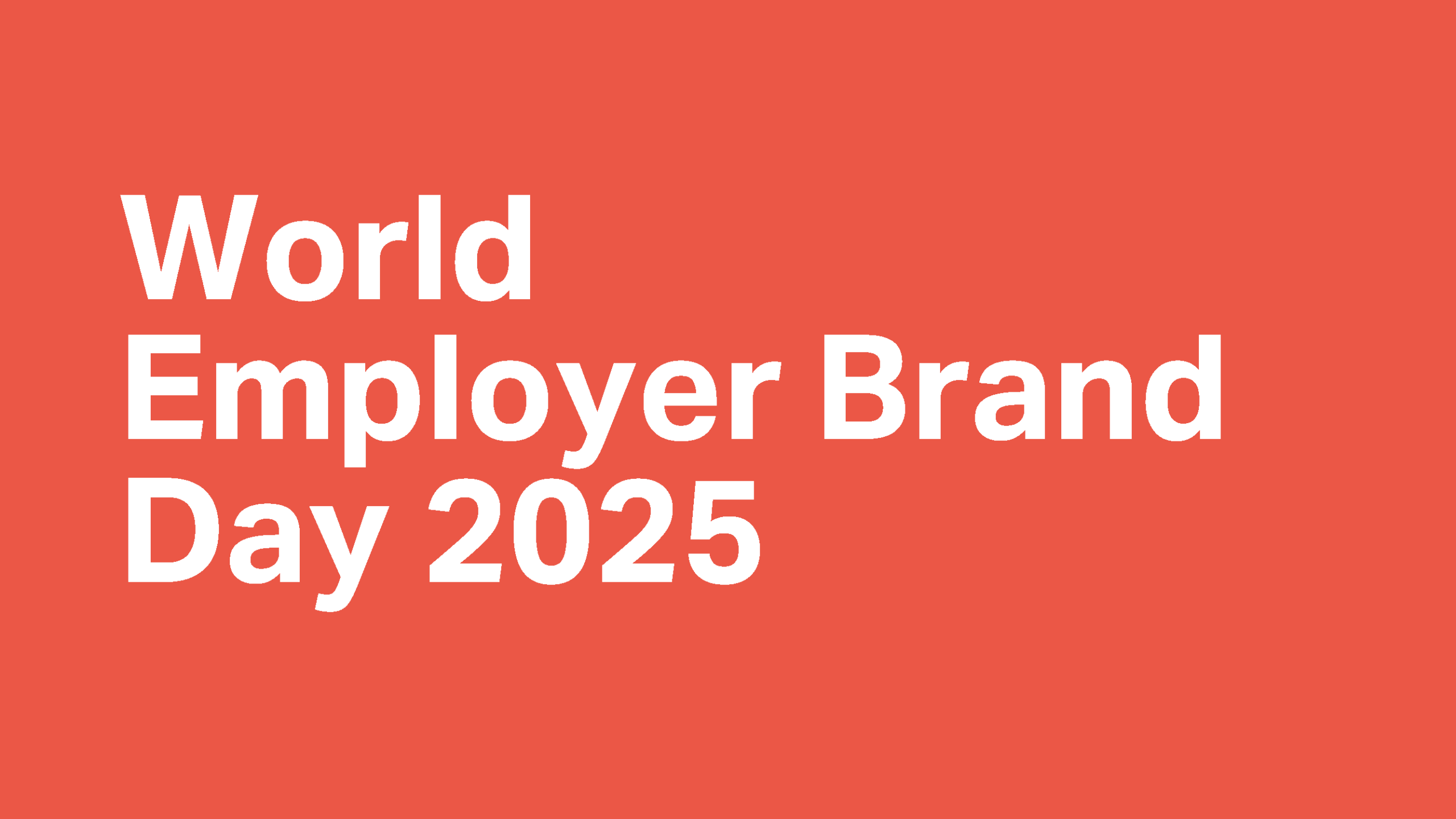Cinematic employer branding: Attracting talent with story

Today’s job candidates are audience first. They binge Netflix dramas, not corporate decks. So, instead of listing bullet-point benefits, why not try a cinematic approach to employer branding?
Brands can humanise themselves by treating recruitment videos like short films.
Psychology backs this up: people are “wired to respond to narrative structure,” so a story-driven video with a clear beginning, conflict, and resolution holds our attention. A study found that 64% of candidates who watch a compelling recruiting video are more likely to apply. By casting real employees as characters, the brand signals authenticity and lets talent see themselves in the story, not just another corporate logo.
Narrative over bullet points

A purely factual video (“We have great culture, look at our office”) rarely inspires. Instead, inject a bit of narrative. Introduce your hero (a relatable employee or candidate), the challenge they face, and how your company transforms that challenge into a success. Mirror the three-act structure. As film-makers often note, viewers stay engaged when they recognise a story’s stakes and the journey. One recruiting campaign might open with an employee struggling in a quiet cubicle (the problem), then cut to vibrant collaboration (the solution). Such narrative framing turns talent into protagonists rather than passive observers.
Key point: Stories spur emotional connections. Video is a multi-sensory medium. It combines visuals, sound, and motion to create memories and feelings. Short films create relatability by showing, not telling. As noted in storiesincorporated:
Videos grounded in the stories of real employees…give insight into culture from a trustworthy source,” producing content that is wholly original and…eminently memorable.
In short, brand filmmakers can apply “film grammar” – intentional camera moves, lighting and editing – to corporate culture just as a director does for a feature film, making the message feel like entertainment instead of jargon.
Cinematic employer branding techniques in recruiting
Adopt cinematic techniques to reinforce the narrative.
- Use composition and colour grading to set tone (warm, lively hues for a friendly culture, or cooler tones for tech-centric precision).
- Dynamic editing (montage, cross-cutting between roles) can illustrate collaboration or fast-paced innovation.
- Sound design and music also matter. The right score can heighten anticipation or auralise pride in teamwork.
- Pacing is also a tool. A slow-motion shot of a celebratory team moment creates emotional resonance.
These tools are rarely used in “talking-head” recruitment videos, but in entertainment, they are essential to storytelling. And with so many brands producing content, novelty pays off. A recruitment video that feels like a mini-drama will stand out in a feed.

You don’t need to let your cinematic recruiting film fade after one release, either. Think of it like a cake you can cut into several slices. Short, shareable clips tailored to different channels and audiences.
You could carve out a 15‑second highlight for Instagram, a behind‑the‑scenes tease for LinkedIn, or a fast-paced montage for TikTok.
These snippets cater to today’s swipe‑and‑scroll culture, making bite‑sized storytelling more effective than ever. Best of all, each video extends your investment by repurposing one high-production video across multiple channels, allowing you to get far more mileage for your money.
All-in-all

Treat employer branding as a movie trailer for your culture. Instead of static logos or stock footage, there’s an opportunity to craft a concise story that invites talent in. As all camera operators know, every shot can tell part of a story; every scene should connect to the next.
By using a bit of narrative and cinematic flair, and by showing real human experiences, brands signal sincerity and capture attention in a way that more traditional corporate comms often struggle to do.
Make talent the audience and your company the storyteller.




